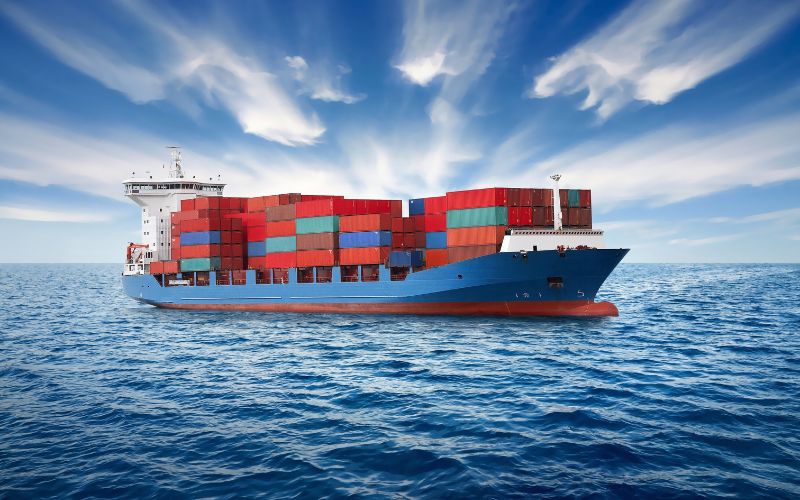China Reveals World’s Largest Container Ship Design at SMM Hamburg Maritime Exhibition
China Unveils Groundbreaking 27,500 TEU LNG Dual-Fuel Container Ship Design

China has made a significant leap in maritime engineering by introducing the design concept for a massive 27,500 TEU LNG dual-fuel container ship. This revolutionary design, named the Green Sealion, was presented by the Shanghai Ship Research and Design Institute, a subsidiary of China State Shipbuilding Corporation (CSSC). The design concept received the prestigious Approval in Principle (AiP) during the SMM Hamburg Maritime Exhibition, marking a new milestone in the development of ultra-large container ships.
If constructed, the Green Sealion would become the largest container ship by capacity, offering a 15% increase in efficiency over existing ultra-large vessels. With an optimized hull and dual-fuel LNG propulsion, the ship aims to align with the International Maritime Organization’s (IMO) regulations for reducing carbon emissions. The vessel is also designed to connect to shore power, further enhancing its environmental credentials, though specific dimensions have yet to be released.
MAN to Investigate Engine Concepts for Maritime Hydrogen Applications
In addition to the Green Sealion, the developers have proposed smaller ships, such as the Green Sealion 20000 and Green Sealion 16000, both featuring alternative fuel technologies like ammonia and LNG. These advancements highlight China’s growing ambition in the global shipbuilding industry, particularly in the construction of high-tech, eco-friendly vessels. This effort also represents a direct challenge to South Korea and Japan, who currently lead in building LNG-powered ships and next-generation maritime technologies.
China’s Ministry of Industry and Information Technology has outlined a 7-year plan to dominate the green shipbuilding market, focusing on developing supply chains for quick delivery of alternative fuel vessels. This strategy also aims to accelerate research into methanol, ammonia, and other sustainable marine fuels.
